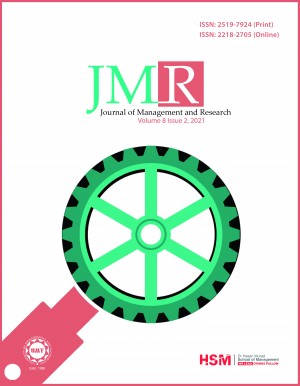Brain Drain, Talent Mobility And Academic Networking
Journal title: Journal of Management and Research (JMR)
Authors: Ming Yu Cheng, Tan Hoi Piew, Fok Kuk Fai
Subject(s): Economics, Entrepreneurship, Human Resource Management, Organizational Science, Management, Business

